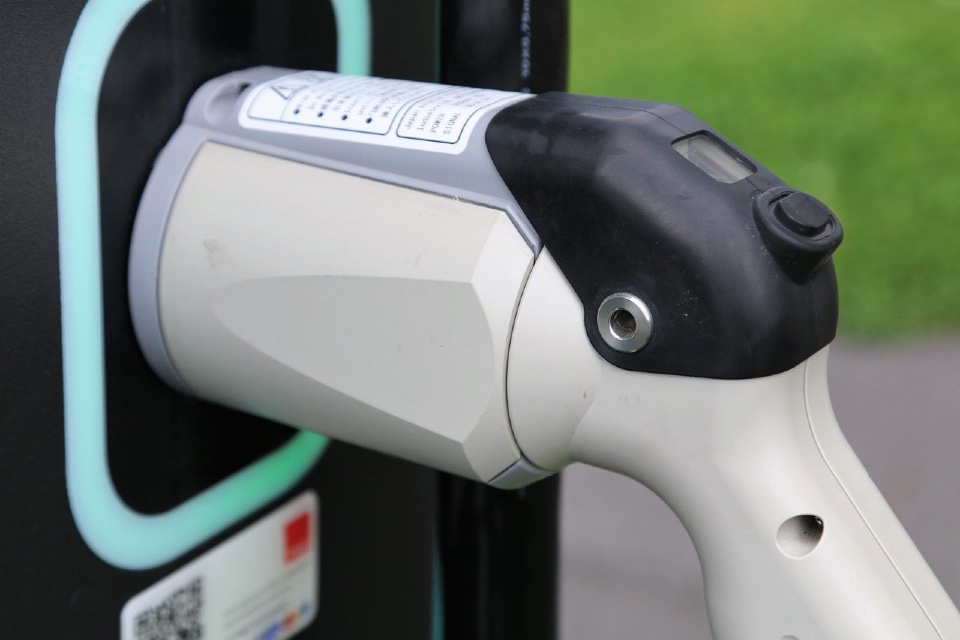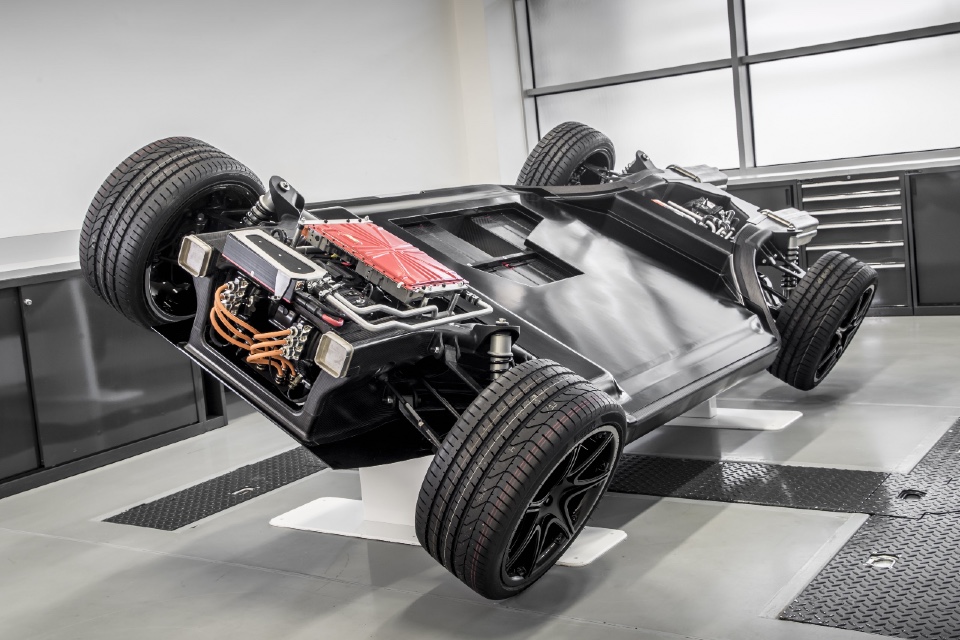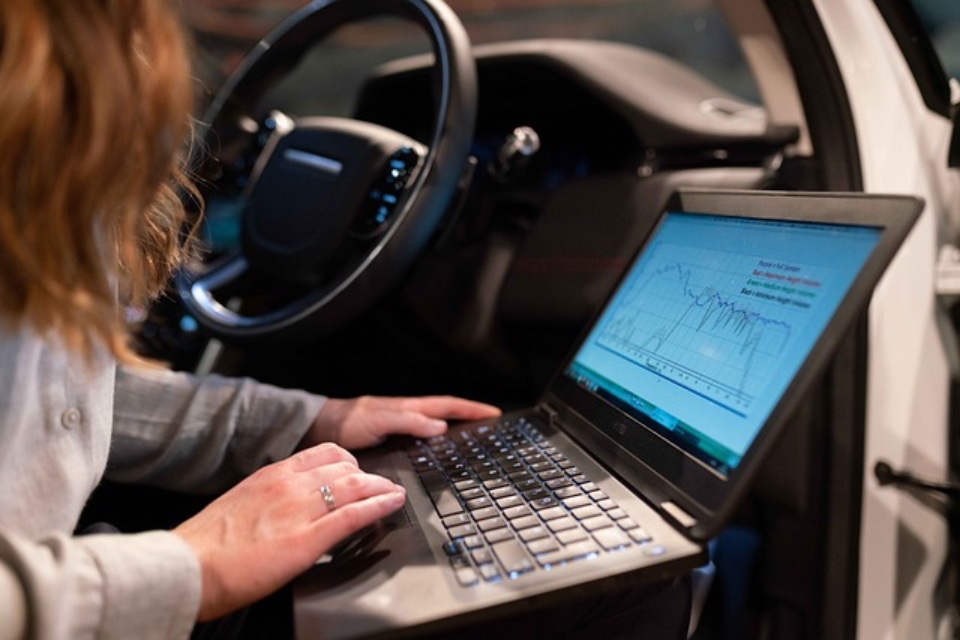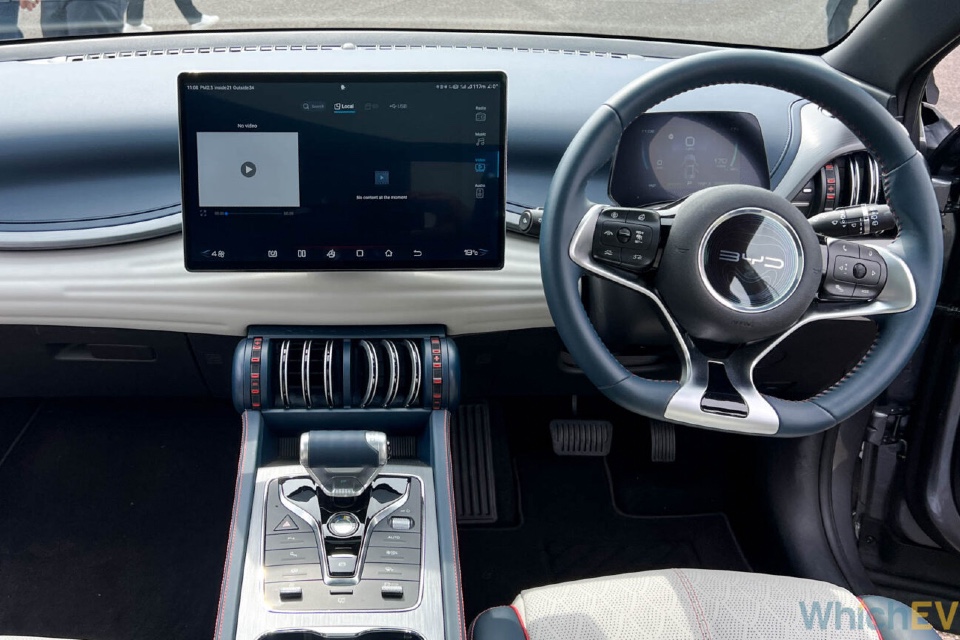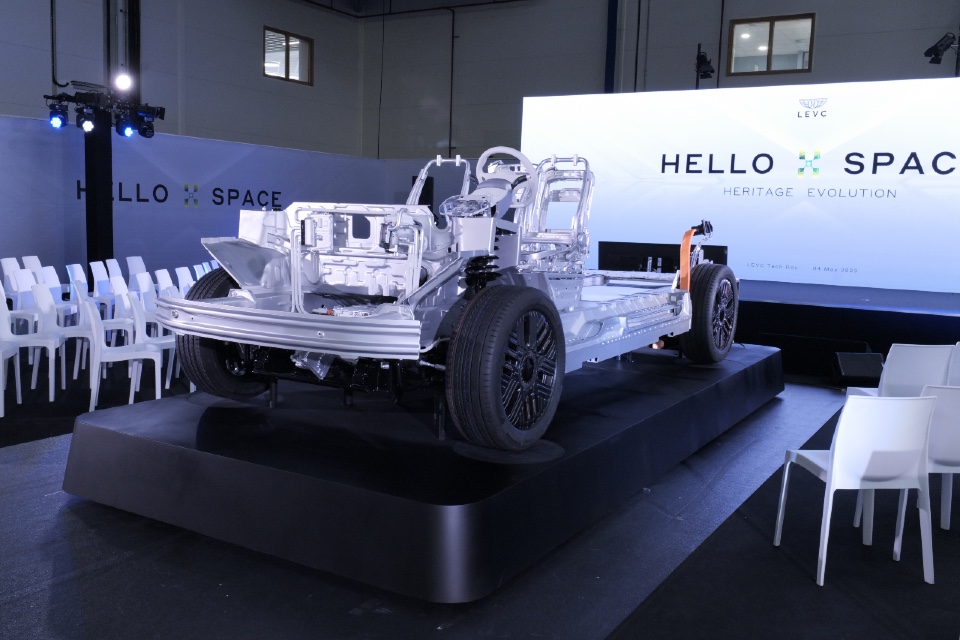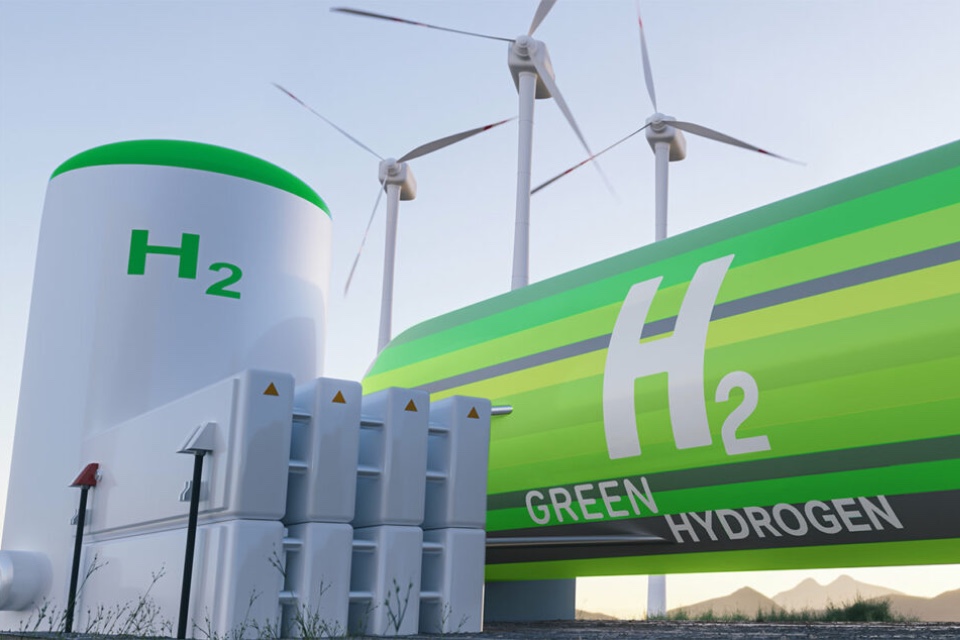EV myths and misconceptions tackled in ATS white paper
https://fleetservicessummit.co.uk/wp-content/uploads/2021/07/electric-vans.jpg 960 640 Stuart O'Brien Stuart O'Brien https://secure.gravatar.com/avatar/81af0597d5c9bfe2231f1397b411745a?s=96&d=mm&r=gATS Euromaster has published a White Paper with the aim of unpicking many of the myths and misconceptions surrounding electric vehicles on fleet.
Called EV Mythbusters, the firm has engaged the views of experts in the electrification field to provide a more balanced perspective on fleet electrification as the sector continues to grow.
The latest leasing report from the BVRLA has shown that the overall leasing fleet has grown marginally despite the lack of vehicle supply – by 0.3% – but behind the growth has been the increase in business contract hire (up 4% year on year) and salary sacrifice (up 34% year on year) supported by fleet sales up 39% year on year.
Electric vehicles accounted for 53% of all the new cars that were put onto business contract hire yet, with many of the national media titles continuing to take a strong anti-EV stance, misconceptions freely circulate about the suitability of EVs for fleets.
However, says the tyre and maintenance provider, that doesn’t mean that fleet managers and drivers can simply swap ICE for EV without a change of approach both to fleet management and driving.
“We fully support the move to electrification but there appears to be a high level of misconception disseminated at the moment. This White Paper shines a light on the myths to get to the truth about EV suitability, such as EV battery degradation and appropriateness of commercial vehicles for electrification,” said Jason Chamberlain, sales director at ATS Euromaster. “We’re not suggesting that fleet electrification is an easy task, and it will require a new mindset from both fleet managers and drivers, but it’s not insurmountable, and some of the stories surrounding EVs are at best misinformed or just false. This White Paper helps balance the narrative.”
Among the contributors to the White Paper are Dr Euan McTurk – Consultant Battery Electrochemist at Plug Life Consulting; Paul Kirby – eLCV Expert at EV Essentials; and Philip Nothard – Insight & Strategy Director at Cox Automotive.
The White Paper takes a look at the myths surrounding service, maintenance and repair (SMR), battery degradation, commercial vehicle fleet suitability, and EV residual values, and provides straightforward answers to the many uncertainties of electrification.

